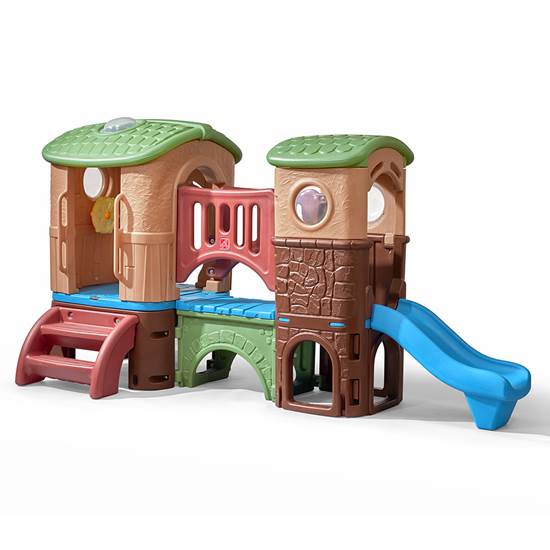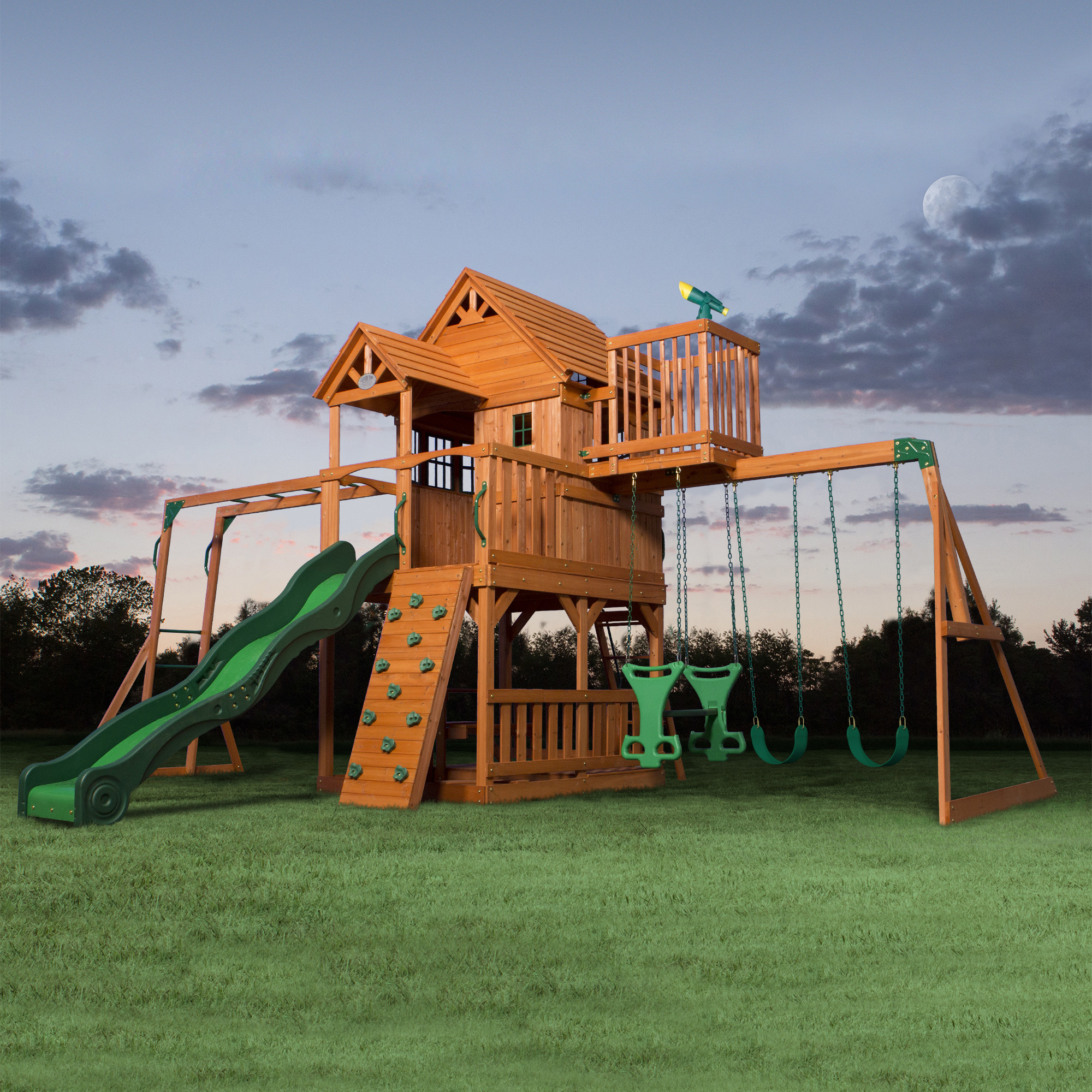Chad Valley 9ft Kids Wavy Garden Slide – Blue – 368/3644
-
( 10 Reviews )Rated 4.80 out of 5 based on 10 customer ratings10
This fun wavy chute slide from Chad Valley is sure to bring a smile to your kids. Its wavy body makes for an extra fun ride and at 9 foot, it will feel like they’re sliding on and on forever! Little ones will be over the moon to have this outdoor toy in their back garden.
-
Clubhouse Climber | Kids Climber | Step2
Rated 4.88 out of 508Clubhouse Climber | Kids Climber | Step2
Rated 4.88 out of 508 -
Backyard Discovery Skyfort II Swing Set – 138587147
Rated 5.00 out of 509Backyard Discovery Skyfort II Swing Set – 138587147
Rated 5.00 out of 509
This fun wavy chute slide from Chad Valley is sure to bring a smile to your kids. Its wavy body makes for an extra fun ride and at 9 foot, it will feel like they’re sliding on and on forever! Little ones will be over the moon to have this outdoor toy in their back garden.
Sturdy injection moulded plastic chute.
Powder coated steel frame.
Note the slide should be attached by digging two 35/35/35cm dimension holes and filling them with concrete.
Includes water sprinkle feature.
- This product must be securely anchored to the ground before use.
- Size H168, W150, D285cm.
- Slide height 168cm without railings.
- Weight 19.8kg.
- Maximum user weight: 50kg.
- Self-assembly.
- Made of plastic.
- 1 assorted characters to collect – 1 supplied.
- For ages 3 years and over.
- 1 year manufacturer’s guarantee.
WARNING(S):
- Not suitable for children under 3 years old.
- Only for domestic use.
- To be used under the direct supervision of an adult.






by Herefordshire
My 2 1/2 year old granddaughter loves it.
by Sarah
We bought this for our 2 year old who loves it, we haven’t tried the waterslide part yet and that might wait until she’s a little older but she adores this product, we bought the big slide so it would last longer and we are so glad we did.
by Ellie
Lovely sized slide. Easy to build. Needs ground pegs at the very least but still a bit of a wobble to it. Unexpected water feature was an added bonus.
by Shrewsbury
As I enjoy assembly packs, I has almost as much fun putting it together as my grandson did playing on it.
by Starr
I bought this a month ago for my grandchildren 5,3,2 they absolutely love it Great height and very sturdy , they love the wave In it.
by Jarrow
All of the Kids ( 4-13 years) love this slide and the water function is so much better than expected too! Absolutely brilliant for the price. Nice and sturdy, good length and with the hand rails for climbing up the steps are a bonus feature also! 10/10 from me on this one. Thanks Argos!
by Baberton
Sturdy build and very good quality.
by Beth
I bought this for a grandchild who is enjoying it now the weather is better.
by David
This took ages to come into stock last year (I guess garden toys were popular during lockdown) and although it finally became available in Autumn, I didn’t get round to building it until spring. Pleased to say, the kids love it. It’s a good size (wouldn’t want it any bigger) and pretty sturdy. Took longer than expected to assemble, not helped by the instructions not being included – had to search online. Haven’t concreted it into the floor but the wide base bar gives it good stability.
by Gemini
Bought for my daughter’s by my parents and it is of superb quality. Made from thick, durable plastic, sturdy frame, it has a rail all along the steps to hold on to whilst climbing and the steps again are really sturdily made. The wave in the middle makes for a lot of fun for my two, its very tall so it’s a proper fun, fast slide! The kids absolutely love it and it’s their favourite Christmas present by far!